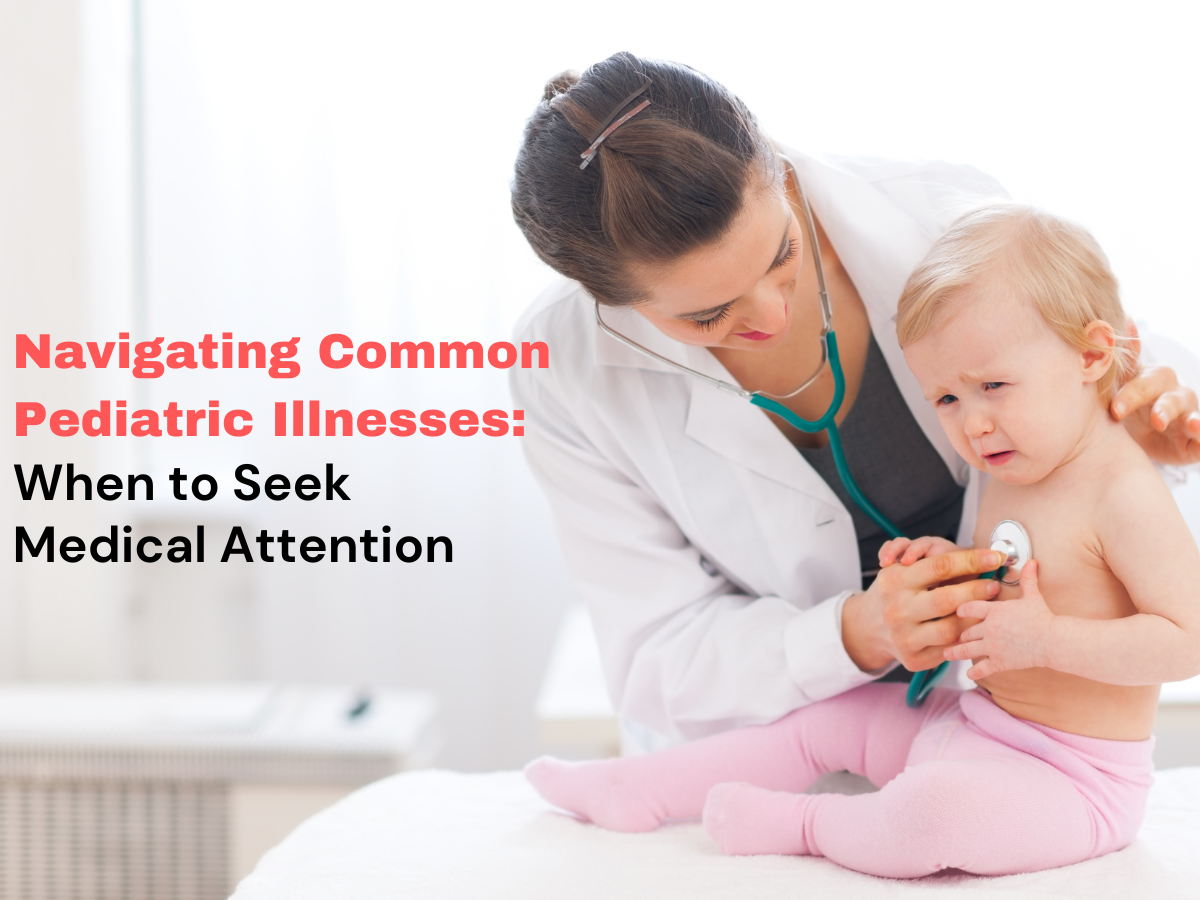Common Gynecological Disorders: Signs, Symptoms, and When to Seek Help
Gynecological disorders encompass a wide range of conditions affecting the female reproductive system. Understanding their signs and symptoms is essential for timely diagnosis and treatment. Here are some common gynecological disorders and when to seek help.
1. Menstrual Disorders:
Menstrual irregularities, including heavy bleeding (menorrhagia), painful periods (dysmenorrhea), or missed periods, can indicate underlying issues such as hormonal imbalances or fibroids. Women should consult a healthcare provider if their menstrual cycle becomes irregular or if they experience severe pain.
2. Polycystic Ovary Syndrome (PCOS):
PCOS is characterized by hormonal imbalance, leading to irregular periods, excess hair growth (hirsutism), and acne. If a woman experiences weight gain and difficulty in conceiving, it’s crucial to seek medical advice, as untreated PCOS can lead to diabetes and heart disease.
3. Endometriosis:
This condition occurs when the tissue similar to the lining of the uterus grows outside it, causing severe pelvic pain, especially during menstruation. If pain interferes with daily activities or fertility, it’s important to consult a doctor for proper diagnosis and treatment options.
4. Vaginal Infections:
Common infections such as yeast infections and bacterial vaginosis can cause itching, unusual discharge, and odor. If symptoms persist or worsen, seeking medical attention is vital to prevent complications.
5. Ovarian Cysts:
These fluid-filled sacs can cause pain or pressure in the abdomen. While many are benign and resolve on their own, sudden severe pain may indicate a ruptured cyst, necessitating immediate medical attention.
In summary, being aware of the signs and symptoms of common gynecological disorders is crucial for women’s health. Regular check-ups and open communication with healthcare providers can ensure timely intervention and promote overall well-being. If you experience any concerning symptoms, don’t hesitate to seek help.



